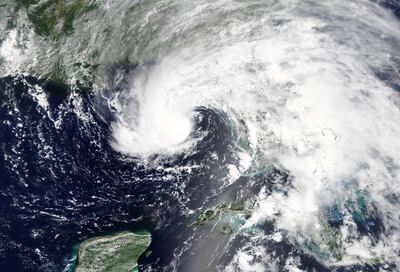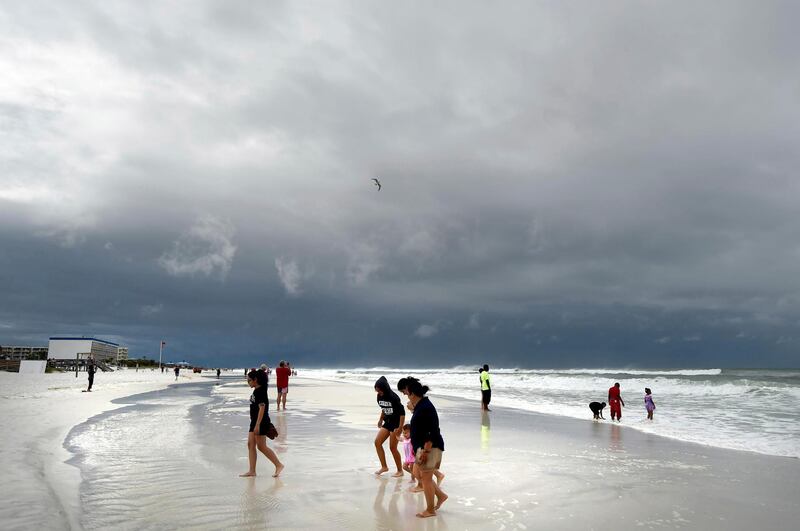Subtropical storm Alberto struck the US Gulf Coast on Monday, pelting white sand beaches with blustery winds and stinging rain that kept the usual Memorial Day crowds away.
Forecasters warned heavy rain, flash flooding and dangerous surf posed the biggest threats as Alberto's ragged core made landfall near Laguna Beach in the Florida Panhandle.
A few brief tornadoes also were possible in much of Florida and parts of Georgia, South Carolina and Alabama.
The US national hurricane centre in Miami said Alberto was centered about 25 kilometres west-northwest of Panama City, Florida. With maximum sustained winds of 72kph, Alberto was moving north at 14kph.
________________
Read more
US hurricane season 2017 most costly ever
Cyclone Mekunu kills eleven and leaves dozens missing
Cyclone Mekunu lashes Oman - in pictures
________________
Rough conditions were whipping up big waves off the eastern and northern Gulf Coast, and authorities warned swimmers to stay out of the surf because of life-threatening swells and rip currents.
Between 10-25cm of rain could pummel the Florida Panhandle, eastern and central Alabama, and western Georgia before the storm moves on. Isolated deluges of 30cm also were possible as the storm heads inland, threatening heavy rains around the Southeast in the coming hours and days.
As Alberto's centre heads inland — deprived of the warm waters that fuel tropical weather systems — the storm was expected to steadily weaken. A subtropical storm like Alberto has a less defined and cooler centre than a tropical storm, and its strongest winds are found farther from its centre. A tropical storm warning is in effect for a stretch of coastline between Aucilla River in Florida's Big Bend and the Alabama-Florida border.

Lifeguards posted red flags along the white sands of Pensacola Beach, where swimming and wading were banned.
Tourists vowed Alberto wouldn't dampen their vacations.
Jason Powell said he was seeking to keep his children entertained until Alberto blows past his Panhandle vacation spot.
"So far we've seen a lot of wind and the ocean is really high, covering up the entire beach," Mr Powell said. "We're not letting it ruin our vacation ... we're going to watch some movies inside and a little TV, and hopefully maybe even get into the pool" despite the rain.
Janet Rhumes said her group of friends from Kansas had been planning their Memorial Day weekend on Navarre Beach since October. They stocked up on groceries and planned to play card games. No storm could deter them.
"We've never seen one before and we're here celebrating a friend's 20th birthday," Rhumes told the Daily News. "So how often can you say you rode a storm out?"
The mayor of Orange Beach, on Alabama's Gulf Coast, said Alberto brought rain and aggravation — and dashed hopes for record Memorial Day crowds. Instead, red flags flew on Alabama beaches and officers patrolled, making sure no one entered the water.
The National Oceanic and Atmospheric Administration released the annual hurricane season forecast Thursday in which they call for 10 to 16 named storms, with five to nine hurricanes. One to four hurricanes could be "major" with sustained winds of at least 111 mph (178 kph).
If that forecast holds, it would make for a near-normal or above-normal season. An average hurricane season produces 12 named storms, of which six become hurricanes, including three major hurricanes.






